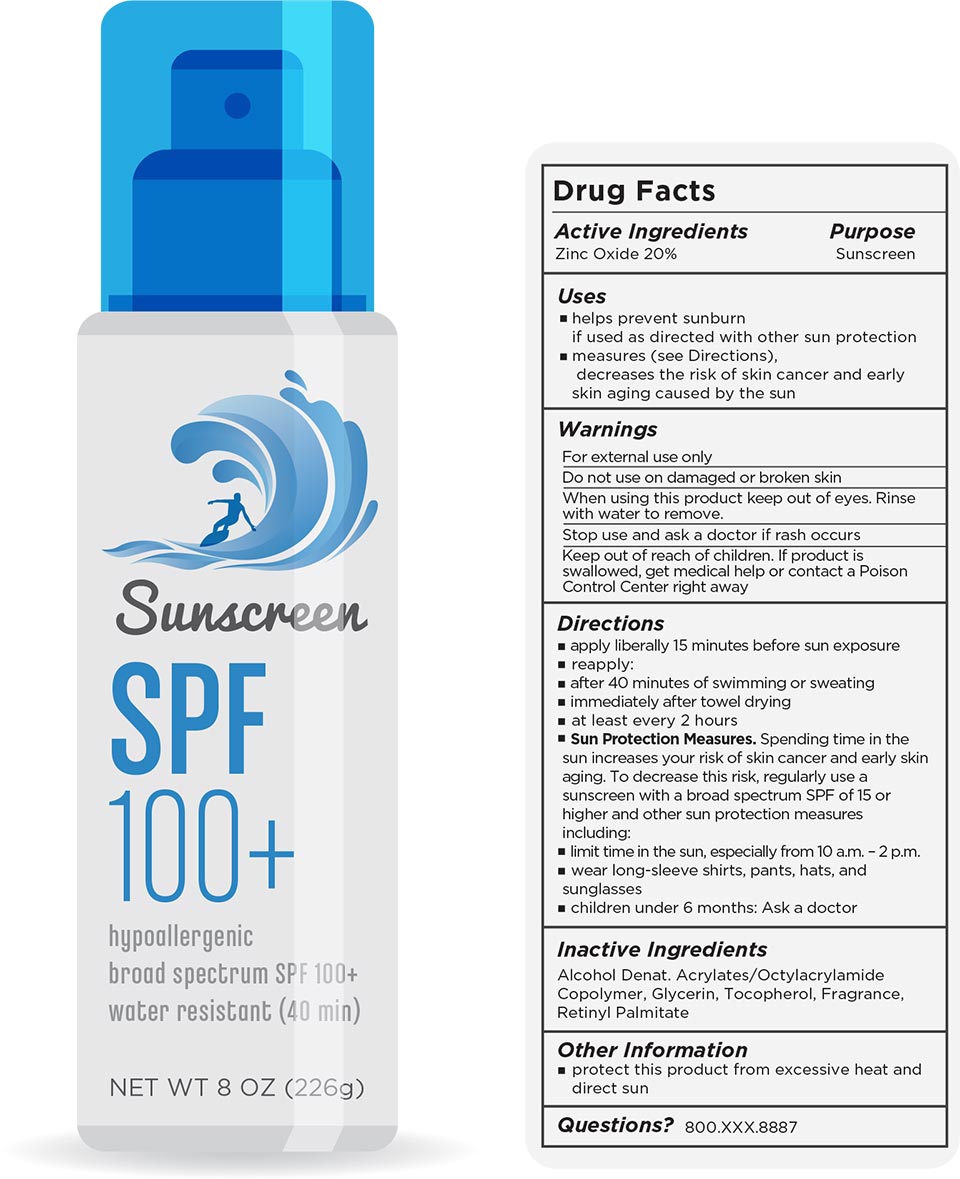

The Sun Protection Factor measures your protection from sunburn, primarily caused by UVB rays. SPF values between 15 and 50 should give you enough skin protection as long as you apply a thick coat and reapply often.
Remember! SPF doesn't ensure protection from other sun damage.
Don't be lulled into a false sense of security by high SPF numbers! Numbers greater than 50+ offer only marginally better protection from burning and may not provide a good balance for other types of sun damage.
CloseBeware! Sprays may not form a thick, even coating on your skin, and inhaling them can be risky. Always choose a lotion.
The FDA is investigating the safety and effectiveness of aerosol sprays.
Beware! This term has no legal definition.
EWG found a number of sunscreens with a potent skin allergen called methylisothiazolinone in this year's crop. Some of them are marked "gentle" or "hypoallergenic." Don't be fooled.
This term means how well a sunscreen protects your skin from both UVB and UVA radiation.
FDA requires a broad spectrum test, but don't trust this claim. Many products that claim broad spectrum protection do not pass a stricter European Commission test.
Is your sunscreen really "broad spectrum"? Use our Sunscreens Guide to find out.
No sunscreen is waterproof. The FDA requires companies to test the product's SPF value after 40 or 80 minutes in the water.
Remember! "Water resistant" sunscreens still require regular reapplication, especially after towel drying.
Look for products with zinc oxide or avobenzone at 3%. These ingredients provide good protection from UVA radiation.
Avoid oxybenzone because it has been associated with hormone disruption.
Avoid retinyl palmitate, a form of vitamin A. A government study found that it caused skin lesions and tumors when applied to sun-exposed skin.
ClosePay attention to the "Sun Protection Measures" message! Sunscreen alone cannot prevent sunburns and skin cancer.
Cover up with clothing, sunglasses and a hat. Avoid the sun at midday, when it is most intense and seek shade whenever possible.
Pay attention! Most people don't wear enough sunscreen to get the SPF protection advertised on the bottle.
Apply at least one ounce of sunscreen per application, reapply often, especially after getting wet or sweaty, and practice other sun safety measures.